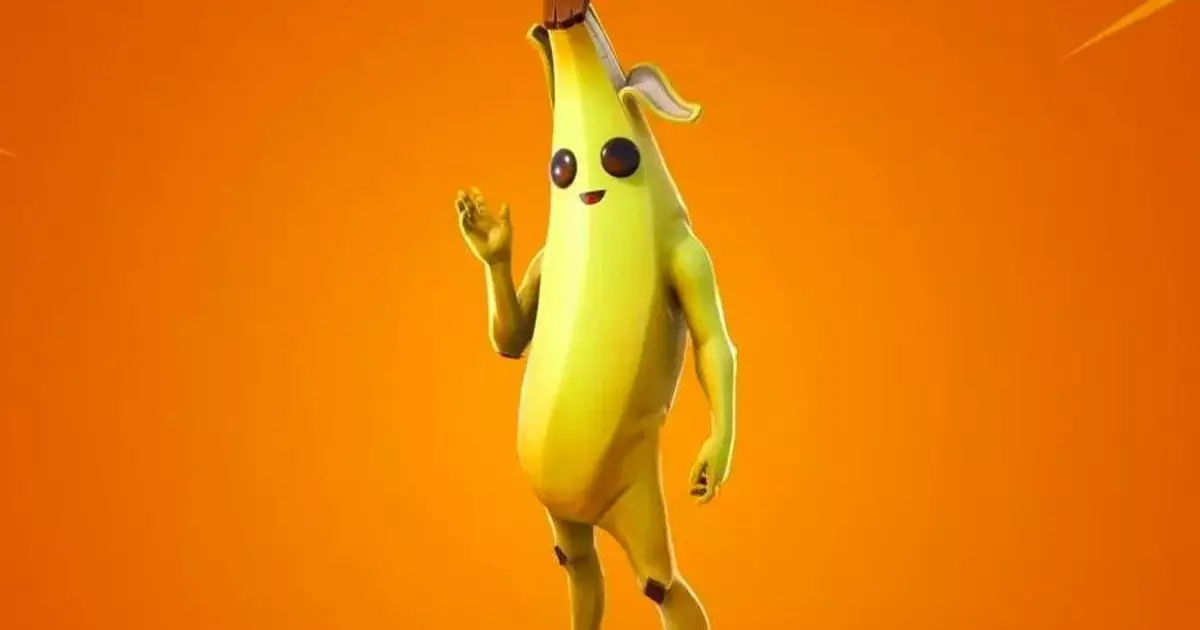Fortnite, the popular battle royale game, is taking a unique approach to addressing confrontational behavior within its player base. The developers have announced that they will allow players to hide certain emotes that are deemed to be used in aggressive or taunting ways. This decision has sparked discussions about the psychology behind these actions and what it says about human behavior.
The Offending Emotes
One of the most used emotes in Fortnite’s history, “Laugh it up”, has been singled out as the primary emote that players are choosing to hide. This emote, often used as a post-kill taunt, has been employed approximately 78.4 million times according to statistics. Alongside “Laugh it up”, three other emotes have been categorized as “confrontational” and are subject to the hide option. These emotes include “Take the L”, a dorky dance with a loser’s L gesture, “Whipcrack”, a snapping whip animation, and “Make It Plantain”, which features a flurry of bananas reminiscent of a rich jerk flaunting cash.
The decision to allow players to hide these emotes raises questions about the impact of taunting and confrontational behavior in online gaming. The use of emotes or gestures to humiliate or antagonize other players is not a new phenomenon, and it reflects a deeper issue within the gaming community. The act of taunting or “teabagging” in multiplayer FPS games is a form of dominance that can lead to frustration and negative experiences for the recipients.
While the option to hide confrontational emotes may help reduce toxicity within the game, it is not a permanent solution to the underlying issue. The decision to shadow-ban certain emotes may address the symptoms of the problem, but it does not tackle the root cause of why players engage in such behavior. The propagation of toxic communication in online games highlights the need for a more comprehensive approach to promoting positive interactions among players.
Fortnite’s emotes have been a subject of controversy in the past, particularly regarding lawsuits filed by dance move creators. These legal battles have raised important questions about intellectual property rights and ethical considerations in the gaming industry. While some of the lawsuits have been resolved, the debate over the use of emotes and gestures in games continues to be a contentious issue.
The decision by Fortnite to allow players to hide confrontational emotes sheds light on the complex nature of human behavior in online gaming environments. The use of gestures and emotes to taunt or humiliate others reflects deeper psychological motivations and social dynamics within the gaming community. While shadow-banning may help mitigate the negative impact of such behavior, a more holistic approach is needed to foster a positive and inclusive gaming experience for all players.


Leave a Reply